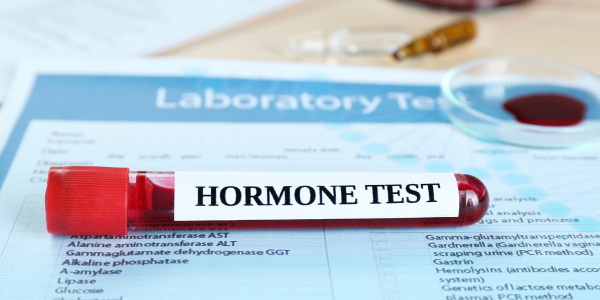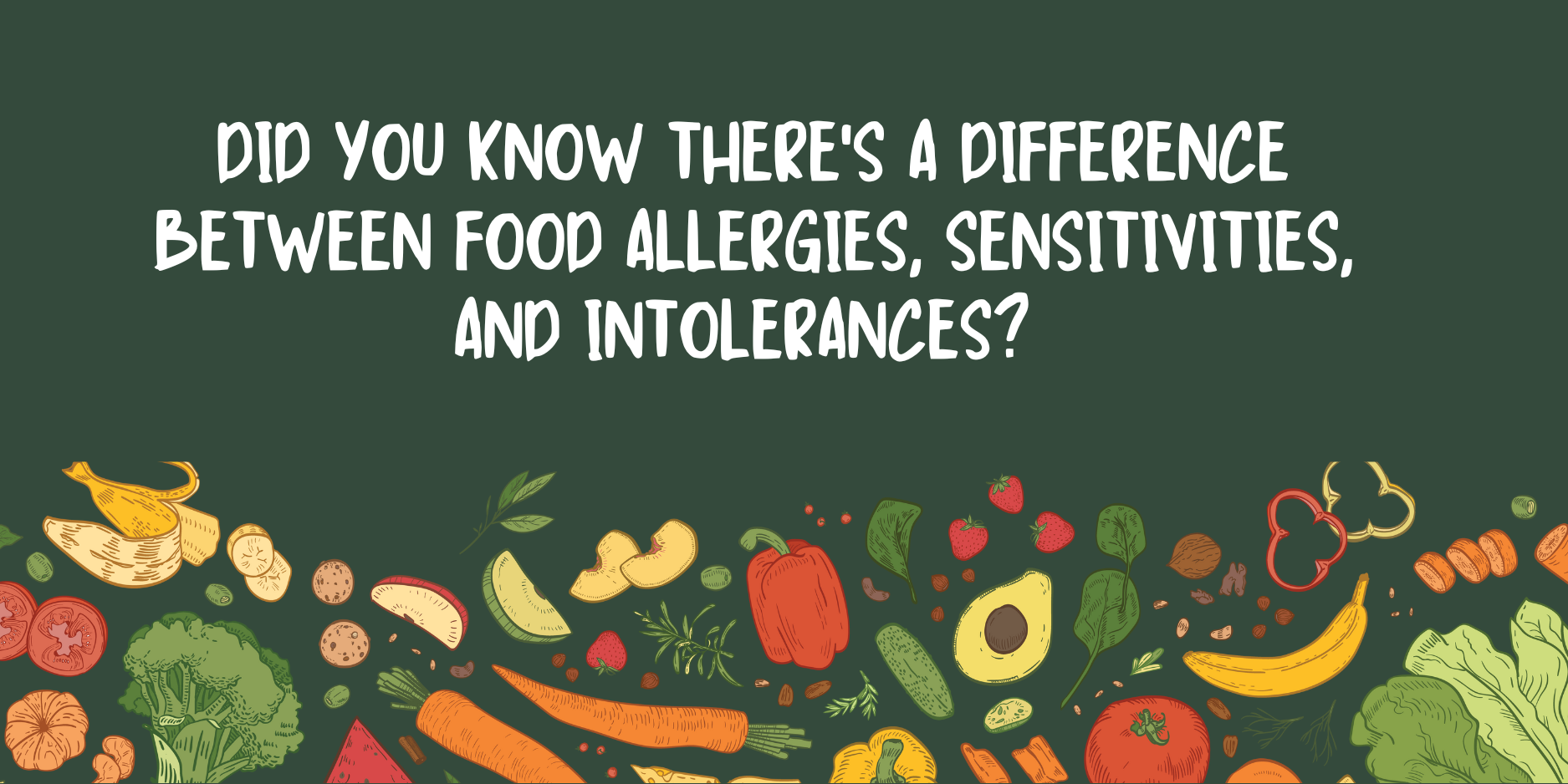

Okay, now I want to talk about what we do know about the coronavirus. And there is a lot that we don’t know because it is a brand new virus. We know that the coronavirus has more viral load and so that means that the potential for spread is greater than the traditional influenza virus, for example. We also know that the incubation period is anywhere from one to 14 days.
What that means is from the time you have contact with it until the time you get symptoms, it could be anywhere from one to 14 days, but the average time of onset of symptoms is about five days. We also know that it affects the respiratory system differently than the influenza virus. The reason that it’s so deadly to the respiratory system is because it gains access to what are called type two pneumocytes.
These are types of lung cells that make something really important called surfactant. Surfactant is required to keep the alveoli open. The alveoli are these little sacks at the end of your airways that are your main gas exchange unit, meaning that’s how you breathe out carbon dioxide and how you breathe in oxygen into your bloodstream.
And so without surfactant, these alveoli are collapsed and then there’s blood flow going by and you’re not getting rid of your CO2 and you’re not taking in your oxygen. What happens with the coronavirus is it gains access to these type two pneumocytes that make surfactant through something called ACE2 receptors. I know I just got a little technical on you there, but I thought it was necessary to describe the pathway of why the coronavirus can create such an inflammatory response in the lungs.
Check out the other parts of this series below.
Part 2: What We Can Do To Prevent The Spread Of The Coronavirus
Part 3: Who’s At High Risk At Contracting The Coronavirus?
Share:
Social Media
Most Popular Posts
Subscribe To Our Newsletter
Related Posts

New Podcast Episode: My journey into functional medicine + what I’ve learned
I’m excited to share that I recently joined DeLo for Episode 165 of the On the DeLo podcast! In this conversation, we explored my journey

Understanding the Essential Labs for Women on Hormone Replacement Therapy (HRT)
So what are the minimum labs we’re looking at when we do hormone replacement therapy? We obviously want to look at an estrogen level, so

How to figure out the right amount of HRT in women
What about checking lab values when you’re on hormone replacement therapy? I do find it to be helpful, but we also want to consider symptoms.

Did you know there’s a difference between food allergies, sensitivities, and intolerances?
Did you know that there’s a difference between food allergies, food sensitivities and food intolerances? Food allergies, the reactions tend to happen pretty immediately and
